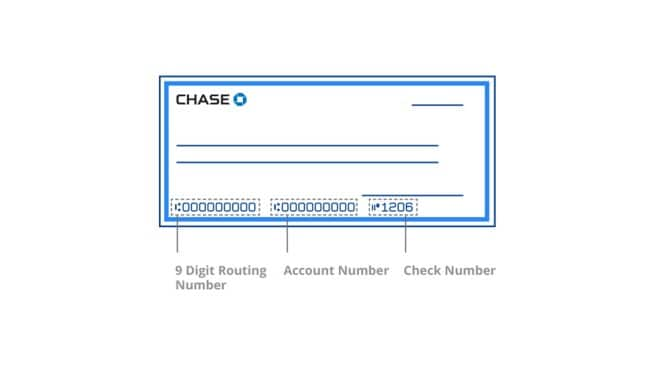Overdraft protection: How does it work?

For some consumers, overdraft protection may be a tool to help ensure transactions go through in the case of insufficient funds. But what’s overdraft protection, exactly? With overdraft protection, consumers link secondary accounts to fill in for another when it lacks sufficient funds for a transaction. While this can be helpful, overdraft protection comes with several potentially important considerations for consumers.
What is overdraft protection?
An overdraft occurs when an account is debited for a transaction but lacks the funds to cover it. The bank approves to complete the transaction on behalf of the customer. An overdraft typically comes with fees, like insufficient-funds fees. A savings withdrawal limit fee could apply if the customer goes over the allotted number of savings withdrawals in a month.
When consumers sign up for overdraft protection, they assign back up accounts or lines of credit to be drawn upon in the case of insufficient funds. This ensures that, for example, a check doesn’t bounce or a debit card transaction is successfully processed.
As its name suggests, overdraft protection may help prevent any associated overdraft fees in the case of insufficient funds — as well as time wasted or penalties from merchants. But, for this service, customers might be required to pay a separate overdraft protection fee to cover the transfer of funds between accounts. The overdraft protection fee is, however, usually lower than the fees that can add up in the case of insufficient funds and declined transactions.
Say you wrote a check for $500 but a few days later when it presented for payment, the checking account balance was $450. With typical overdraft protection plans, the protection would kick in, and instead of bouncing, the remaining funds needed to cover the check, would be deducted from your linked account. In this case, $50. The check clears and you likely save on any potential fees from your bank or the merchant. If the overdraft protection plan has a fee, the amount of the fee would also be transferred from the linked account.
But overdraft protection isn’t foolproof; you can still be charged a fee if the backup account also lacks the required funds to cover the check. In the above example, if your savings account does not have the funds to cover the check, you could still get an overdraft fee.
How many times can you overdraft?
Different financial institutions have their own sets of rules governing how often they allow customers to overdraft with or without overdraft protection. Typically, overdraft coverage lasts as long as the backup account carries sufficient funds — but it can become expensive with repeated use. When asking yourself, “How many times can you overdraft?,” it might be worthwhile to remember that an overdraft protection fee may be charged for each protective transfer.
If applicable, relying heavily on a savings account as backup also runs the added risk of exceeding its monthly withdrawal limit. Some institutions may eventually apply penalties for overuse, including account closure or revocation of the overdraft protection service.
Is overdraft protection worth it?
Overdraft protection can potentially shield you from more expensive charges. Several banks, as well as credit unions, offer overdraft protection services that the customer can opt-in for, rather than an automatic service. So, the choice is ultimately yours.
Determining whether overdraft protection is right for you might ultimately depend on your financial situation and spending habits. If you foresee a strong likelihood of overdrawing your account, the added protection might prove beneficial. If overdrawing an account seems unlikely, however, you could run the risk of paying for a service you don’t end up using.
On the other hand, the lower fees and confidence in making transactions could come in handy for lastminute, emergency spending. Without overdraft protection, customers not only run the risk of hefty fees but the possibility that an important transaction gets declined; financial institutions aren’t required to clear transactions that would overdraw an account.
So, is overdraft protection worth it? There’s no universal answer. Assessing your situation and consulting your financial institution about the specifics of their overdraft protection service may help you decide if overdraft protection is worth it for you.
In summary
Overdraft protection may help save you from paying overdraft and insufficient fund fees and ensure transactions are carried out as planned. The service is optional and works by designating a backup account to be drawn from if the primary account is too low to complete a payment or transaction. Altogether, assessing your likelihood of overdrawing an account can be a helpful consideration in deciding whether overdraft protection will save or cost you money in the long run.



